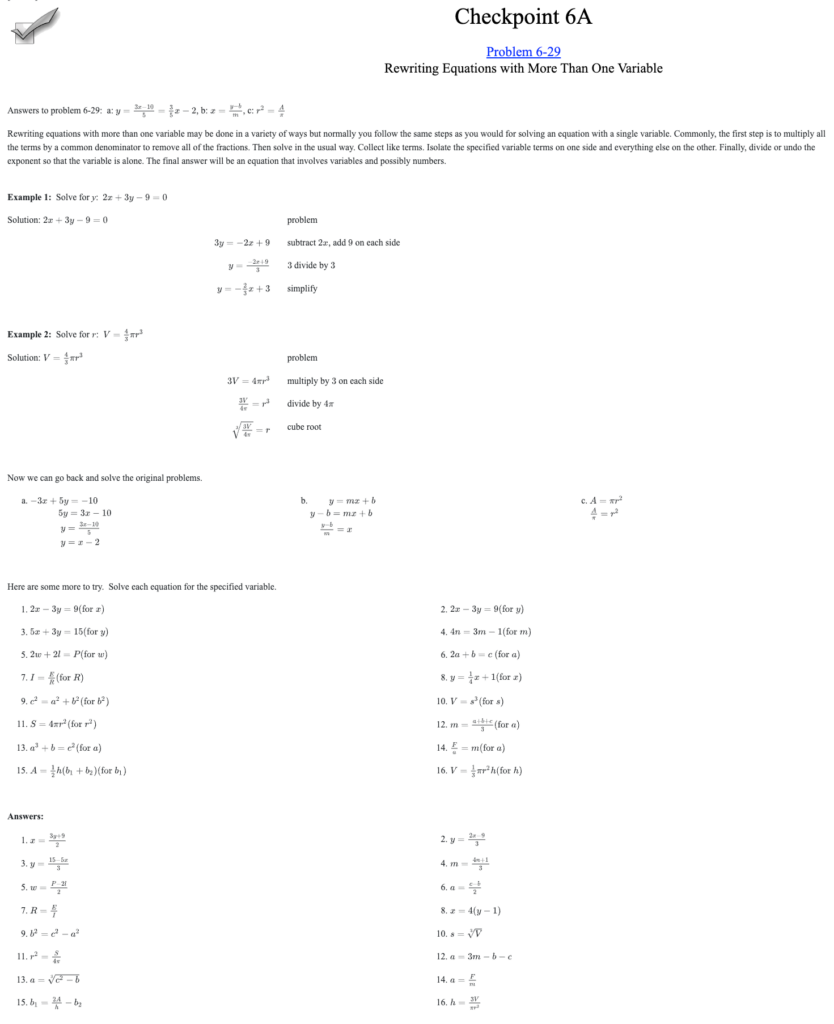September 2024

Mathematics teachers often consider how to implement low-floor, high-ceiling tasks in their classrooms. “Low-floor” means activities that all students have an entry point into, and “high-ceiling” means that even the highest-flying students can still be challenged. But professional development rarely offers the same low-floor, high-ceiling opportunities for teachers.
Participating in the Academy of Best Practices
This summer, I was lucky enough to participate in CPM’s week-long new teacher institute, the Academy of Best Practices (ABP), which was unlike any other professional development that I have been a part of. Unlike most other workshops, the CPM staff planned an entire week around activities that helped everyone, from the newest teachers in the room to those who have five years of experience, modeling those same low-floor, high-ceiling opportunities that we want for students.
26 educators from around the country spent an entire week in Seattle, Washington diving into high-leverage teaching practices and exploring different techniques and strategies to incorporate into their own practice. We experienced what good mathematics instruction looks like and feels like while working on rich tasks as students, and spent considerable time working at vertical non-permanent surfaces. We examined what makes feedback effective and how even high school teachers can leverage manipulatives like algebra tiles to make sense of abstract concepts, from the Distributive Property and combining like terms all the way to polynomial division. Every single educator boarded their flight home with a notebook full of ideas on different ways to better their practice.
The Most Important Part of this Professional Learning
Most importantly, we had the opportunity to connect with new colleagues and build a support system with peers who are facing many of the same challenges each day. Throughout the week, we spent time at the end of each session drafting an action plan that outlined one specific goal to take back to our classes this fall. We, along with our peers who served as “critical friends,” thought through specific action steps to make our goals a reality. And those same critical friends will continue to push us and hold us accountable as we start out this new school year.A career in education means lifelong learning. And ABP was an incredible opportunity to further explore where to focus my learning next. I urge any teacher to consider CPM’s Academy of Best Practices to experience the professional learning of a lifetime and learn what part of their teaching they can improve next.

Brandon Pelter
Norwalk, CT
brandon.pelter@gmail.com


